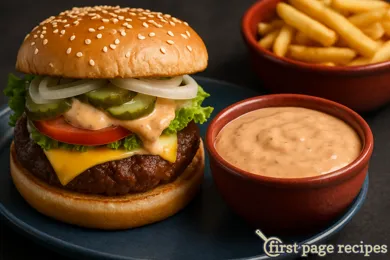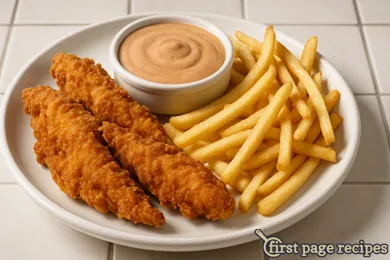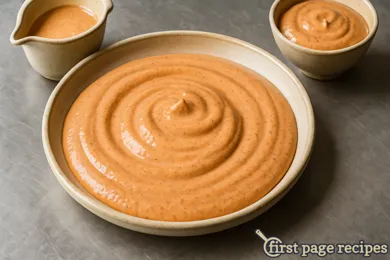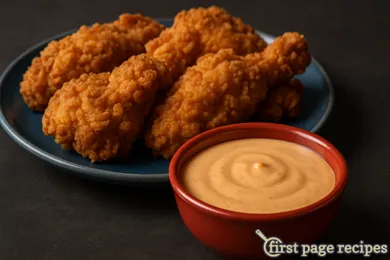Using the Right Pan for the Right Job: Stainless Steel, Carbon Steel, Nonstick, and Cast Iron
Why buying an expensive set of high-tech cookware may not be the best investment.
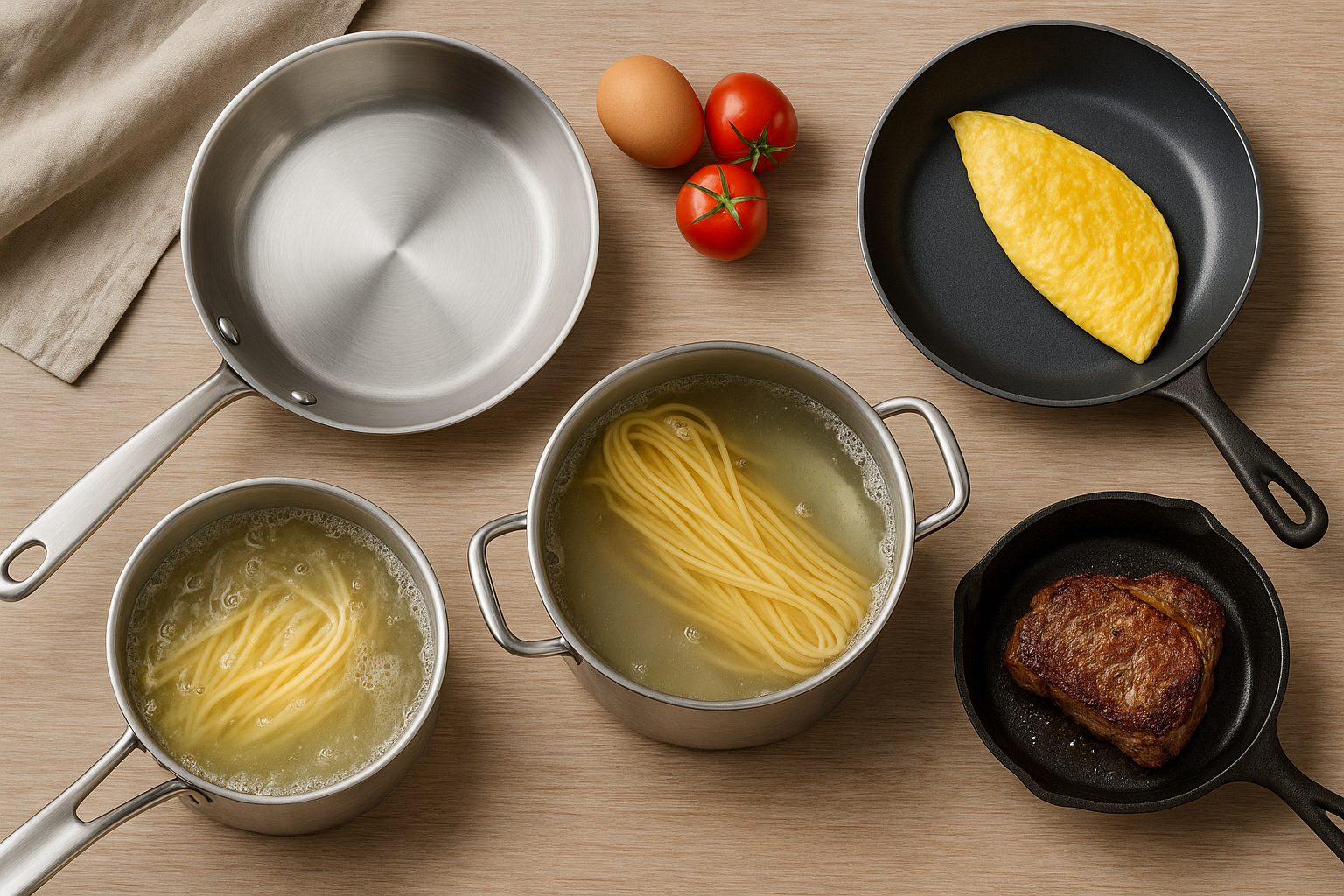
Choosing the right pan for the right job makes cooking easier, faster, and tastier. A single “one material to rule them all” set sounds tidy, but investing in a large set of pans of all one type may be a mistake. Different tasks reward different metals and coatings, so a small, smart mix works better long term.
Why mixing materials beats buying one big set
Cookware materials trade heat response, durability, reactivity, and surface slickness. Stainless steel is tough and non‑reactive but not naturally nonstick. Carbon steel and cast iron build a slick seasoning and handle high heat, yet they can react with acidic sauces. PTFE nonstick is supremely slippery for eggs, but it dislikes high heat and rough tools. No single material wins every category—hence the mix.
Stainless steel: the everyday workhorse
Best for: sautéing vegetables, pan sauces, tomato sauces, deglazing, pasta water, anything acidic, and oven finishing.
Why stainless steel works: Stainless is non‑reactive, so acidic foods like tomato sauce won’t pick up metallic flavors. It also tolerates scouring, can go from stovetop to oven, and most pieces are dishwasher‑safe.
About sticking, and how to avoid it: Stainless does not have a built‑in nonstick coating. Preheating and adding fat before the food you’re cooking can help immensely. Heat the pan over medium, test with a few drops of water until they bead and skate, then add oil and your food. Give proteins a moment; they’ll release once a crust forms.
Induction note: Many stainless lines are induction‑compatible if a magnet grabs the base.
When to grab stainless: Tomato ragù, pan‑seared chicken finished with lemon‑butter, mushroom sauté followed by a quick deglaze, pasta water and blanching, custards in a saucepan with even heating.
My stainless setup (used ~75% of the time):
Tramontina Signature 12-Piece Set
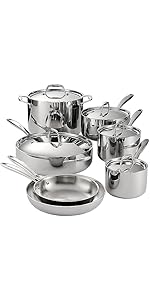
Nonstick: the specialist for eggs and delicate release
Best for: eggs, omelets, crêpes, delicate fish, reheating sticky grains.
Care rules: Keep temps low to medium. Don’t use abrasive utensils or scouring powders; reach for silicone, wood, or nylon tools instead.
PTFE note: If you want to minimize exposure to PTFE, choose uncoated metal or ceramic‑coated pans instead.
Ceramic nonstick options: Ceramic‑coated pans are PTFE‑free and often more durable against surface scratches, but they’re not as non‑stick as PTFE and usually need gentler heat.
My approach: I personally only own one nonstick pan which I use for eggs only.
A word on hype: Beware of celebrity chefs selling overpriced nonstick pans. There’s no way synthetic materials bonded to metal are going to outlast bare metal. Save your splurge for a great stainless or carbon‑steel piece.
Eggs go‑to:
Tramontina 10-inch Nonstick Skillet
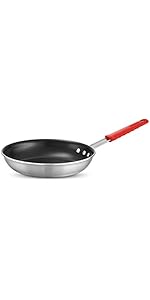
Carbon steel: fast, durable, and naturally slick with seasoning
Best for: high‑heat searing, stir‑fries, smash burgers, frittatas, pancakes once seasoned, roasting in the oven.
Why cooks love it: Durable, handles very high heat, and develops a natural nonstick seasoning with use. It’s lighter than cast iron but brings similar strengths. Works with induction cooktops.
Maintenance: Wash quickly, dry right away, and wipe with a thin sheen of oil. Expect a patina that changes color—that’s your seasoning.
What to avoid: Not suitable for acidic sauces (long tomato or vinegar cooks can strip seasoning and add metallic notes).
Reliable pick:
Merten & Storck Pre-Seasoned Carbon Steel 12” Frying Pan Skillet, Use

Cast iron: heavy, steady, and heat‑holding
Best for: pan‑frying larger pieces of protein, deep browning, cornbread, cobblers, shallow‑frying, and any task that benefits from steady heat.
Why it shines: Cast iron heats slowly and holds heat exceptionally well, which keeps temperatures stable when you add big, cold pieces of food. Preheating matters—give it a few extra minutes and it rewards you with even crust and color.
Similarities to carbon steel: Both develop seasoning and need the same quick‑wash, dry, and oil routine. Cast iron is usually rougher in texture and heavier than carbon steel, so it can be tougher to flip delicate items.
Acids and long simmers: A short, quick cook with tomatoes is fine in a well‑seasoned skillet, but long acidic simmers can taste metallic and erode seasoning—use stainless or enameled cookware for those recipes.
Classic pick:
Lodge 10.25 Inch Cast Iron Skillet – Pre-Seasoned

Quick guide: which pan for which job
- High‑heat searing, wok‑style stir‑fries: Carbon steel or cast iron.
- Acidic sauces, wine deglazing, tomato braises: Stainless steel.
- Eggs and crêpes: Nonstick.
- Pan‑frying larger proteins with steady heat: Cast iron.
- Big saucy one‑pan dinners with easy clean‑up: Ceramic nonstick sauté.
Care and cleaning cheat sheet
- Stainless steel: Preheat, add fat, cook. Deglaze to release stuck bits. Dishwasher is fine, but hand‑washing preserves shine.
- Nonstick: Low to medium heat. No abrasive utensils. Replace when deeply scratched or when food starts sticking despite care.
- Carbon steel: Dry fast after washing, then oil lightly. Re‑season if you cook something acidic by accident. Works on induction.
- Cast iron: Preheat longer, wipe a micro‑film of oil before storage, avoid long acidic simmers in bare iron.
A practical starter lineup
If you cook most nights, this compact lineup covers nearly everything while keeping costs in check:
1) 12‑inch stainless skillet for browning, pan sauces, and weeknight sautés.
2) 3‑quart stainless saucepan for rice, oatmeal, and small soups.
3) 10‑inch nonstick skillet reserved for eggs and crêpes.
4) 12‑inch carbon steel or 10.25‑inch cast iron for high‑heat searing and pan‑frying.
Round it out later with a big ceramic nonstick sauté if you love one‑pan pasta and skillet casseroles.
Recommended picks in this guide
-
Carbon steel skillet
Merten & Storck Pre-Seasoned Carbon Steel 12” Frying Pan Skillet, Use
-
Stainless everyday set (these are the pans I personally use ~75% of the time)
Tramontina Signature 12-Piece Set

-
Nonstick skillet for eggs
Tramontina 10-inch Nonstick Skillet

-
Ceramic nonstick sauté for big meals
KitchenAid Hard Anodized Ceramic Nonstick Saute Pan with Lid, 5 Quart

-
Cast iron skillet
Lodge 10.25 Inch Cast Iron Skillet – Pre-Seasoned

Final thoughts
Use the right pan for the right job and your food gets better overnight. Stainless handles acids and sauces like a champ. Carbon steel and cast iron bring heat and a natural seasoning for searing and pan‑frying. Nonstick shines for eggs. Mix a few pieces and skip the mega‑set in a single material.



